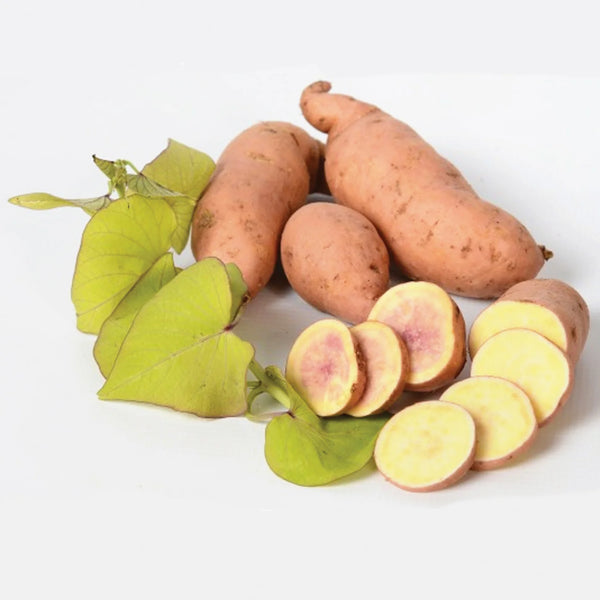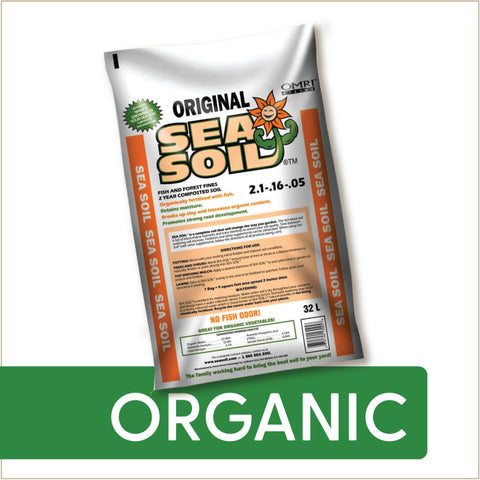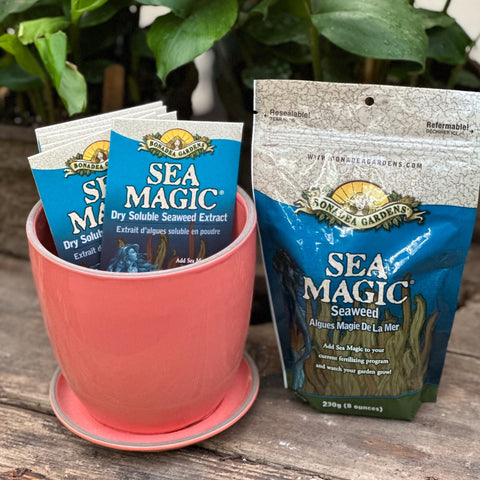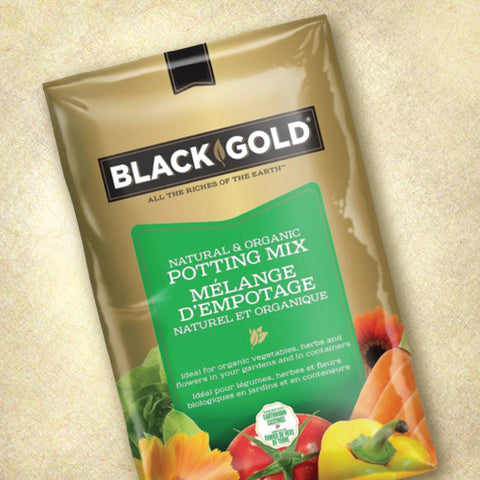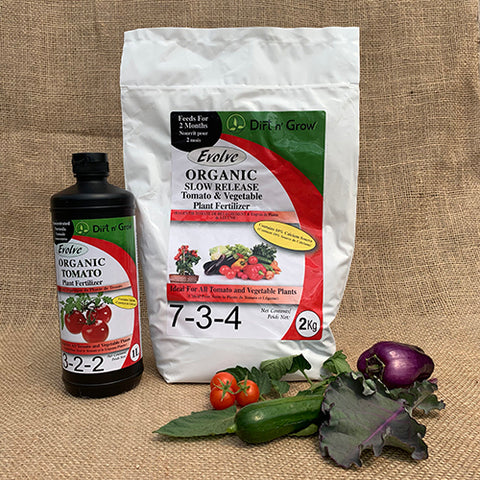Sweet Potato, Makatea
$6.99
This item may be out of season or currently out of stock. Please check back.
Sweet potatoes do qualify for the 10% Member's Discount but not Member's Day Double Discounts.
Description: Makatea has chartreuses edible foliage that is also highly ornamental, followed by strong yields of sweet, light-fleshed edible sweet potatoes in September!
Tan, with yellow flesh blushed with pink. 100 - 118 days (plant early June / harvest before first heavy frost).
Like all culinary sweet potatoes, the leaves of Kaukura are edible and can be used in place of spinach, kale, chard and various Asian greens. They are very nutritious... and may just be the next big thing (of course they have been popular forever in Asian cooking!). Sweet potato greens can be wilted in a skillet (similar to other greens), or stir-fried with other ingredients.
Sweet potatoes are ground-hugging vines.
Can sweet potatoes be grown on the prairies? Sage Garden has successfully grown tasty, productive sweet potatoes outdoors in Winnipeg, Manitoba, over the last couple of summers. Many of our customers have also had tasty harvests from our sweet potato plants. These are newer crops for our area, so we recommend reviewing our growing information below, to plan for maximum yields.
Latin Name: Ipomoea batatas
Main Uses: Culinary (both tubers and leaves)
Days to Maturity: 100 - 118 days
Exposure: Full sun
Planting: Sweet potatoes are quite different from actual potatoes (and for that matter yams), and planting them is not at all similar to planting potatoes.
There are two-man ways to plant sweet potatoes: either from rooted starter plants or from un-rooted cuttings planted directly into the soil. Our best advice is to use a combination of these two techniques - that is start with a rooted plant indoors in early May, transplant this to a larger pot, then plant unrooted slips from the "mother plant" in June. The stock plant can also be planted directly to the garden at that time; be sure to break open the roots of an established sweet potato plant, as tubers will not form if the roots are coiled.
Sweet potatoes cannot be grown from seeds, nor do they do as well when planted directly from grocery store tubers (due to chilling of these during storage).
Timing is very important with sweet potatoes. They cannot take cold soil, so it is never a good idea to try and plant them early. This is the opposite of potatoes, which can be planted outdoors 4 weeks before the average last frost date. We recommend planting sweet potatoes in the second week of June in southern Manitoba.
There is no question that efforts to warm the soil ahead of planting will pay off; for example, black plastic can be laid over the soil for about a week before planting. Raised beds are also helpful, as these warm up faster than regular gardens. We love using Geoplanters for this.
Soil should be well-drained, composty, and loose. A minimum of 30 cm (12") of soil depth is required. At the time of planting add 1/4 cup of bonemeal to each planting hole. The vines (cuttings) should be planted at a steep angle, with the bottom close to 30 cm (12") deep, angling up to the surface. This allows the stem to develop roots, which yield tubers, across a wide area. If planting pre-rooted sweet potato plants, follow the same strategy, with the roots at a 30 cm (12") depth and vines laid out at an angle up to the surface. Plant each slip approximately 45 cm (18") apart.
Water thoroughly after planting and place a good layer of straw mulch over the soil. Water daily for the first week.
Deer love sweet potatoes (alas), so avoid planting locations which are accessible to deer.
Growing in the Garden: Sweet potatoes thrive in a warm, sunny location in the garden where they have lots of space to spread their vines. They do well in poor soil but do even better in well-drained garden soil amended with compost.
Growing in Containers: Sweet potatoes grow very well in deep containers with drainage holes. The plant's natural growth habit is to creep along the ground, rooting itself in as it goes. You will get more tubers the larger the container surface area (so vines can root in at multiple points). When growing in containers, be sure to water regularly and don't forget the bonemeal at time of planting.
One advantage of growing sweet potatoes in large pots is you can get them growing earlier, and also shelter them more easily once cool weather sets in come September.
Fertilizing (Containers): Sweet potatoes grown in pots require regular feeding with a balanced organic fertilizer. Stop feeding in mid-August.
Watering (Containers): Water regularly to maintain even soil moisture, but avoid sogginess. It is recommended to water sweet potatoes with warm water (leave the water to warm up in a watering can, or use rain barrel water). Cut back on watering in mid-August.
Growing in Mixed Planters: Not well suited for mixed planters, if tuber production is the goal. However, the vines are beautiful and edible, and closely related to the very popular ornamental Ipomoea varieties used in hanging baskets and mixed containers.
Fertilizing (Garden): Feed regularly with a balanced organic fertilizer - but remember to apply bonemeal at the time of planting, to encourage tuber development. Stop fertilizing in mid-August.
Watering (Garden): Water daily for the first week after planting. Once established, water weekly until mid-August then stop watering (unless it is really dry or hot). It is recommended to water sweet potatoes with water pre-warmed by the sun (from a water barrel, for example).
Pest/Disease Issues: Outdoors sweet potatoes are not bothered by significant pests... other than deer. If deer are a concern in your garden, protect your sweet potato beds (e.g. deer fence).
Sweet potato tubers are best harvested as late into the season as possible. That said if the plants experience frost the storage life of the sweet potatoes goes down significantly. So, if real frost threatens, it's time to dig! The edible leaves can be harvested regularly through the growing season; if growing for tubers as well, harvest up to 25% of the foliage at one time.
When digging sweet potatoes be careful not to scuff the skins, as this decreases storage life. Gently hand dig or use a small trowel. Carefully remove any roots that are growing off of the tubers and be sure NOT to wash the sweet potatoes, as this diminishes their ability to be stored. Once the sweet potatoes are out of the ground they require "curing", which does two important things: helps them store better through the winter and also converts their starches to sugars. And you want to be sure your sweet potatoes come out sweet and last a long time!
Curing involves laying the tubers out in a single layer in a location with lots of warmth and ideally high humidity. We are talking 26°C to 28°C and 80% relative humidity. At the same time, they require great air circulation to prevent rot. If you have a sunroom or garden shed that warms up nicely in the glory days of late September, this could work but the temperature has to be high for at least 1 week to make a difference, so a little extra heat is required at night time. Some gardeners will cure sweet potatoes in a pantry with a small heater and bowls of water, to increase the humidity. The closer you can get to the ideal curing temperature, the faster the process; if you can not cure at ideal heat and humidity, leave the sweet potatoes for longer (up to 4 weeks).
Once cured, sweet potatoes are ideally stored at 15°C. Avoid cooler temperatures, which quickly lead to toughness in the centre of the tubers. Avoid much warmer temperatures, as this reduces storage life.

